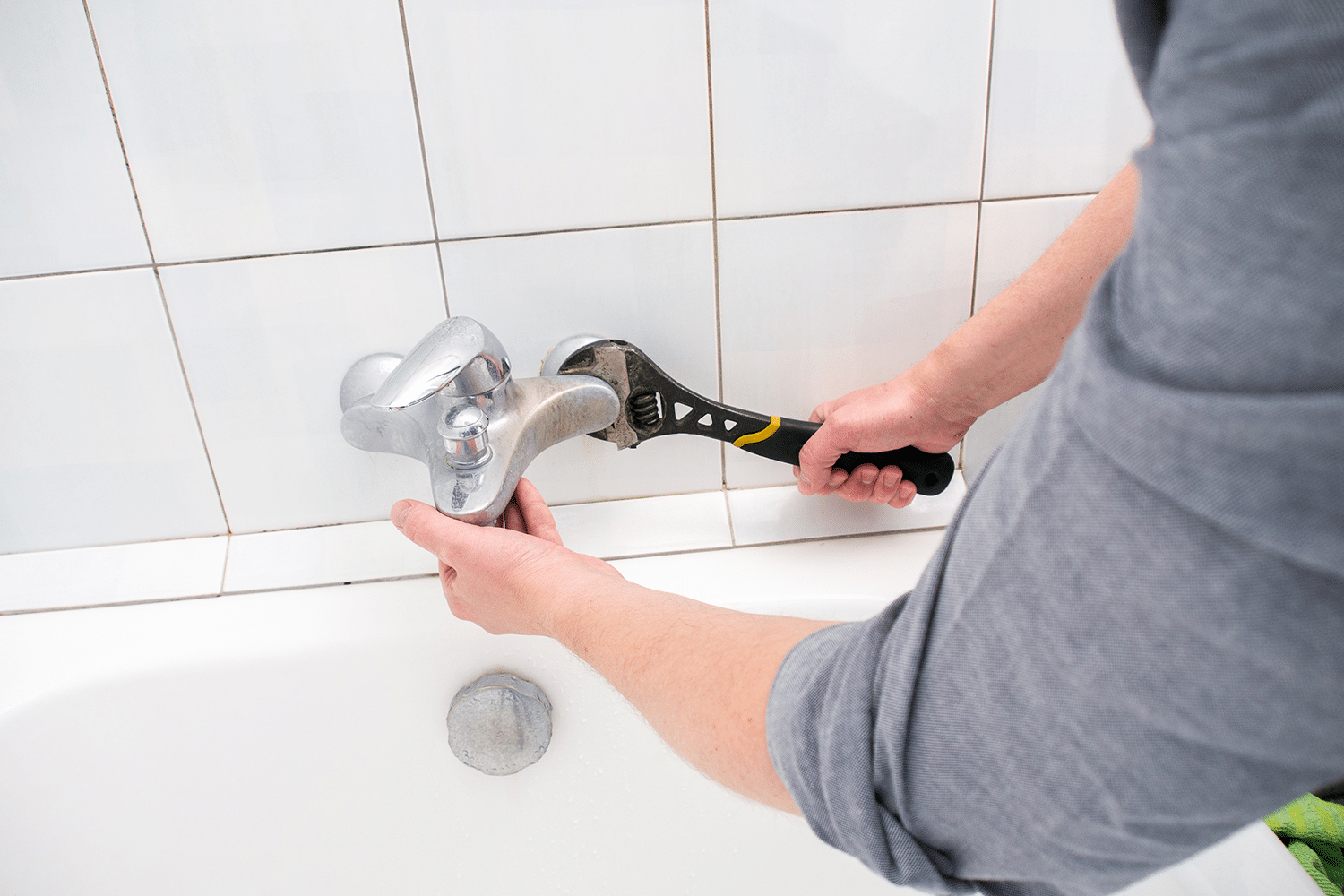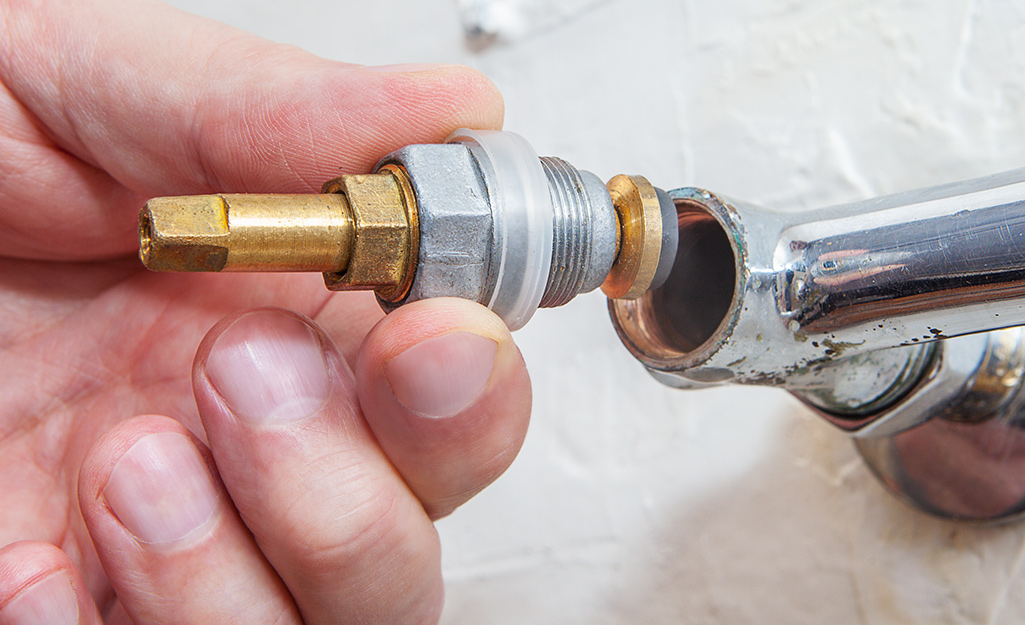An Explanations Behind Addressing a Leaking Faucet
An Explanations Behind Addressing a Leaking Faucet
Blog Article
Presented here below you will discover additional exceptional expertise around Why Are My Faucets Dripping (And Can I Fix It Myself)?.

Trickling taps could appear like a minor aggravation, but their influence goes beyond just the nuisance of the noise. From wasting water to sustaining unneeded economic costs and wellness threats, disregarding a trickling tap can result in different repercussions. In this write-up, we'll delve into why it's essential to resolve this common household issue promptly and efficiently.
Wastage of Water
Ecological Effect
Dripping taps add substantially to water waste. According to the Environmental Protection Agency (EPA), a single faucet leaking at one drip per second can throw away more than 3,000 gallons of water each year. This not only pressures water resources but additionally impacts communities and wildlife dependent on them.
Step-by-Step Overview to Dealing With a Dripping Faucet
Devices Needed
Before trying to take care of a trickling tap, collect the necessary tools, including a flexible wrench, screwdrivers, substitute components (such as washers or cartridges), and plumber's tape.
Common Faucet Issues and Their Solutions
Identify the sort of tap and the certain problem causing the drip. Typical troubles include damaged washing machines, rusty shutoff seats, or defective O-rings. Refer to maker instructions or on the internet tutorials for step-by-step support on fixings.
Financial Expenses
Increased Water Bills
Beyond the ecological impact, dripping taps can inflate water bills substantially. The accumulated wastage gradually converts into greater energy expenditures, which could have been stayed clear of with prompt fixings.
Prospective Property Damages
Moreover, extended leaking can result in harm to fixtures and surfaces bordering the tap. Water build-up can cause staining, rust, and also structural issues if left ignored, causing added repair service expenses.
Health Worries
Mold and Mold Growth
The consistent presence of wetness from a dripping tap creates a perfect atmosphere for mold and mildew and mildew development. These fungi not just jeopardize indoor air high quality however also present health threats, especially for people with respiratory system problems or allergies.
Waterborne Conditions
Stationary water in dripping taps can end up being a breeding ground for microorganisms and various other pathogens, increasing the threat of waterborne conditions. Impurities such as Legionella germs prosper in stagnant water, possibly bring about significant diseases when ingested or inhaled.
Do it yourself vs. Professional Repair work
Advantages and disadvantages of Do It Yourself Repair
While some might try to deal with a trickling tap themselves, do it yourself repair work come with their very own collection of difficulties. Without appropriate understanding and tools, DIY attempts can worsen the issue or result in incomplete fixings, prolonging the issue.
Advantages of Hiring an Expert Plumber
Employing a specialist plumber makes certain that the underlying cause of the trickling tap is addressed successfully. Plumbers possess the expertise and devices to diagnose and fix tap concerns effectively, saving time and minimizing the risk of additional damage.
Environmental Responsibility
Individual Contribution to Conservation
Taking obligation for fixing dripping taps aligns with more comprehensive initiatives toward water preservation and environmental sustainability. Every person's actions collectively make a significant effect on maintaining priceless sources.
Lasting Living Practices
By prioritizing prompt repair services and taking on water-saving routines, individuals contribute to lasting living techniques that profit both existing and future generations.
Safety nets
Normal Maintenance Tips
To avoid leaking taps, execute routine maintenance such as cleaning up aerators, examining for leakages, and replacing worn-out components promptly. In addition, take into consideration mounting water-saving tools or upgrading to more efficient components.
Importance of Prompt Repairs
Dealing with dripping taps as quickly as they're discovered avoids further water wastage and prospective damages, eventually conserving both water and cash over time.
Influence On Residential Or Commercial Property Worth
Assumption of Well-Maintained Property
Keeping a home in good condition, consisting of resolving maintenance issues like leaking faucets, improves its perceived value and value amongst possible buyers or renters.
Impact on Resale Value
Properties with well-kept plumbing fixtures, including faucets, command greater resale values in the real estate market. Dealing with leaking faucets can add to a favorable impression throughout property inspections and arrangements.
Final thought
Dealing with a leaking tap goes beyond simple benefit; it's an important step towards conserving water, reducing monetary prices, and securing health and residential or commercial property. Whether via do it yourself repair work or expert assistance, acting to take care of trickling faucets is a tiny yet impactful method to advertise responsible stewardship of sources and contribute to a much healthier, more sustainable future.
Why Are My Faucets Dripping (And Can I Fix it Myself)?
Causes of a Dripping or Leaking Faucet
Whether you’re hearing drops of water falling and hitting a sink, or noticing water ooze out from the base of the spout, you shouldn’t ignore a dripping or leaking faucet. And, the good news is, sometimes you can fix the problem yourself.
In this article, we’ll review a few common causes of dripping and leaky. We’ll also walk you through some basic ways to find the problem and handle it without calling anyone — and let you know when to call in a pro.
But, no matter what the cause, or whether you can handle it on your own, the sooner you address it, the better.
Each drip may be a tiny amount of water. But, they all add up quickly. According to the U.S. Geological Survey, one faucet losing one drop every 20 seconds — five a minute — wastes around a liter of water every day, and 173 gallons a year.
Add in more than one in your house, and it’s a lot of water to waste. So, we’ll help you get to the bottom of things quickly.
Four Reasons Your Faucet May Be Dripping
Aerator is Damaged or Unseated Valve Seat is Corroded O Ring is Loose or Worn Out Part of the Assembly is Loose Aerator is Damaged or Unseated
If you unscrew the end of your faucet, you’ll find the aerator. It’s the little stem piece with a screen on it that shuts off the water circulation.
If it’s damaged, or if it’s not sitting right, it will allow water to pass through.
Valve Seat is Corroded
Next is the valve seat, which is connected to the washer. If the washer wasn’t in place correctly, then it could have ground against the seat. Over time, this damages the valve seat.
The problem could also be corrosion: Over time, the part has worn out, and it’s now allowing water to pass through.
O Ring is Loose or Worn Out
Since the o ring is only a small rubber gasket, it’s a common reason why the faucet is dripping. You’ll find it at the base of the faucet, and it’s there to keep water from coming out where it’s not supposed to.
However, it’s common for the o ring to wear out over time. When it does, you’ll notice a drip.
Part of the Assembly is Loose
So far, we’ve looked at a few small, specific parts. But, the problem could be anywhere in the assembly if something’s out of place.
Even if a part isn’t damaged, over time, it may have become loose or dislodged. It could be the parts we mentioned, or the aerator at the tip of the faucet, the stem itself,
Can I Fix a Leaky Faucet Myself?
Depending on the problem, and how handy you are, there’s a chance you can fix a leaky faucet without calling a professional. But, you do run the risk of making the problem worse.
If it’s a small drip, you can certainly try a few troubleshooting tactics. We’ll walk you through them in a moment.
But, no matter what, your first step should be shutting off the water coming into the faucet. You should find a shutoff valve under the sink on the pipes leading to it. Turn each one clockwise until they close tightly.
Next, make sure you have the right tools for whatever you’re attempting. It’s tempting to make do with what you have. But, you need the right ones for a reason: You’re often dealing with small parts that can break if you handle them carelessly.
If you’re feeling confident, here are some places to start.
Items Near the Tip of the Faucet
A few of the parts we mentioned — particularly the valve seat and washer — are located at the tip of the faucet where the water comes out. They’re easy to access, making it a good place to start.
Check the O Ring
To check the o ring, you’ll need to take off the spout at the base. It’s easiest on kitchen sinks with long spouts, versus the smaller, bulkier base on most bathroom sinks.
Either way, this can be tricky, so do it carefully and don’t force anything. If it’s not coming right off, you’re much better off calling in a pro than possibly breaking something.
For a kitchen sink, there’s usually a nut or coupling assembly at the base of the spout. These often slide off easily without using any tools.
Once you’ve disassembled those parts, gently but forcefully twist off the spout.
Then, you can see the o rings. There should be two of the rubber gaskets on the base. If they look worn or damaged, replace them, and see if that solves the problem.

We were shown that write-up about through a good friend on our other web property. In case you enjoyed our post if you please do not forget to share it. Kudos for being here. Please check up our blog back soon.
Report this page